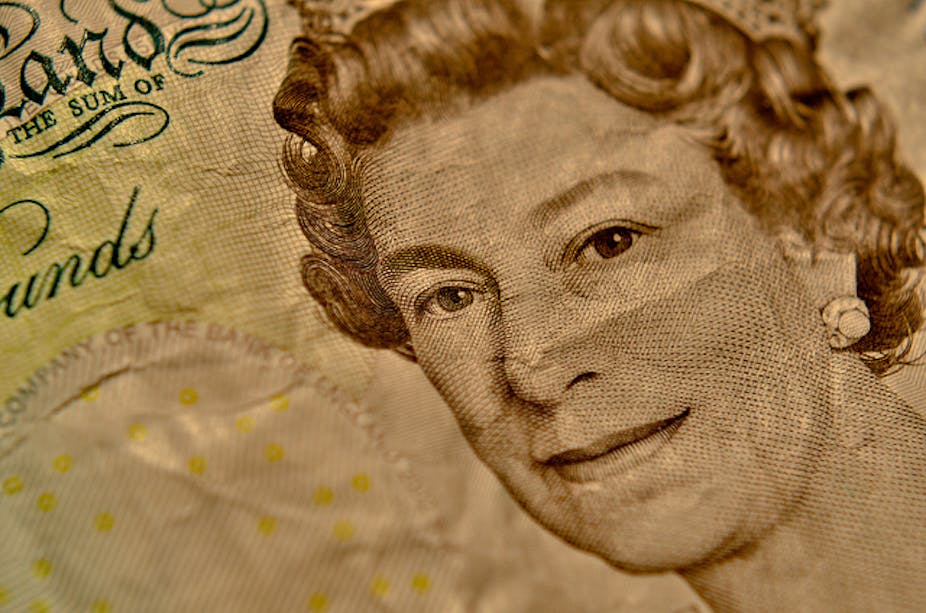The Bank of England is backpedalling after outgoing governor Mervyn King caused a furore just before his departure with a decision to put wartime Prime Minister Winston Churchill on the back of the £5 note. There has been outrage at the possibility of an all-male (with the exception of the Queen) line up on the currency. The bank defended its position with talk of an unspecified female “contingency option”.
A petition launched via Twitter soon after the announcement was made, pressing King to reverse his decision, has reached almost 30,000 signatures. A legal challenge has also been mounted by Caroline Criado-Perez, co-founder of The Women’s Room, under the Equality Act 2010.
In the latest twist of events, however, King hinted that novelist Jane Austen is next in line for the £10 note, currently the home of scientist Charles Darwin. So now the debate turns to whether Austen deserves her place ahead of other female worthies, from early feminist Mary Wollstonecraft to Nobel prize-winning scientist Dorothy Hodgkin, among many other possible candidates.
Labour leader Ed Miliband has also weighed in on the debate, levelling criticism at King’s decision as part of a broader attack on the under-representation of women in public life. Miliband’s suggestions for the face of the £5 note include suffragette Emmeline Pankhurst and Elizabeth Garrett Anderson, Britain’s first female physician.

The truth is that when banknotes began featuring historical figures back in the 1970s they became a form of public history. Like statues, buildings or draft school history curricula, banknotes have become a site of identity politics. Which individual features on the £5, £10, £20 or £50 note is important because it signals a deeper message about who belongs to our national story and whose contribution should receive the highest form of public recognition.
Choosing Charles Darwin, Florence Nightingale or Winston Churchill to grace our official currency constructs as much as reflects those individuals’ identities as national treasures from our shared past.
The current debate starkly reveals how undemocratic the process for bestowing this honour is in its present form. It lies in the gift of the governor, who reserves the right to ignore suggestions submitted by members of the public. But one could ask why the decision isn’t wholly turned over to those of us who use banknotes every day, through the medium of a poll or ballot, rather like the “Great Britons” exercise launched by the BBC in 2002 in which viewers voted for their favourites.
The potential objection to such a system is that it is unlikely to diversify the list very much: Churchill came second in the BBC’s poll, whilst only two women made it into the top ten (although neither of them, as it happened, were Jane Austen). But there’s another option that hasn’t been considered.
If we want the individuals featured on our banknotes to be truly representative of those who have made our collective history, then why not ditch the “Great Britons” approach altogether and pick from our lesser celebrated ancestors: the peasant farmer, the domestic servant, the handloom weaver, the street-sweeper, the charwoman, the ordinary “Tommie” on the Western Front?
The incoming Governor, Mark Carney, might have more pressing matters in his inbox, but surely this is a suggestion worth thinking about.

